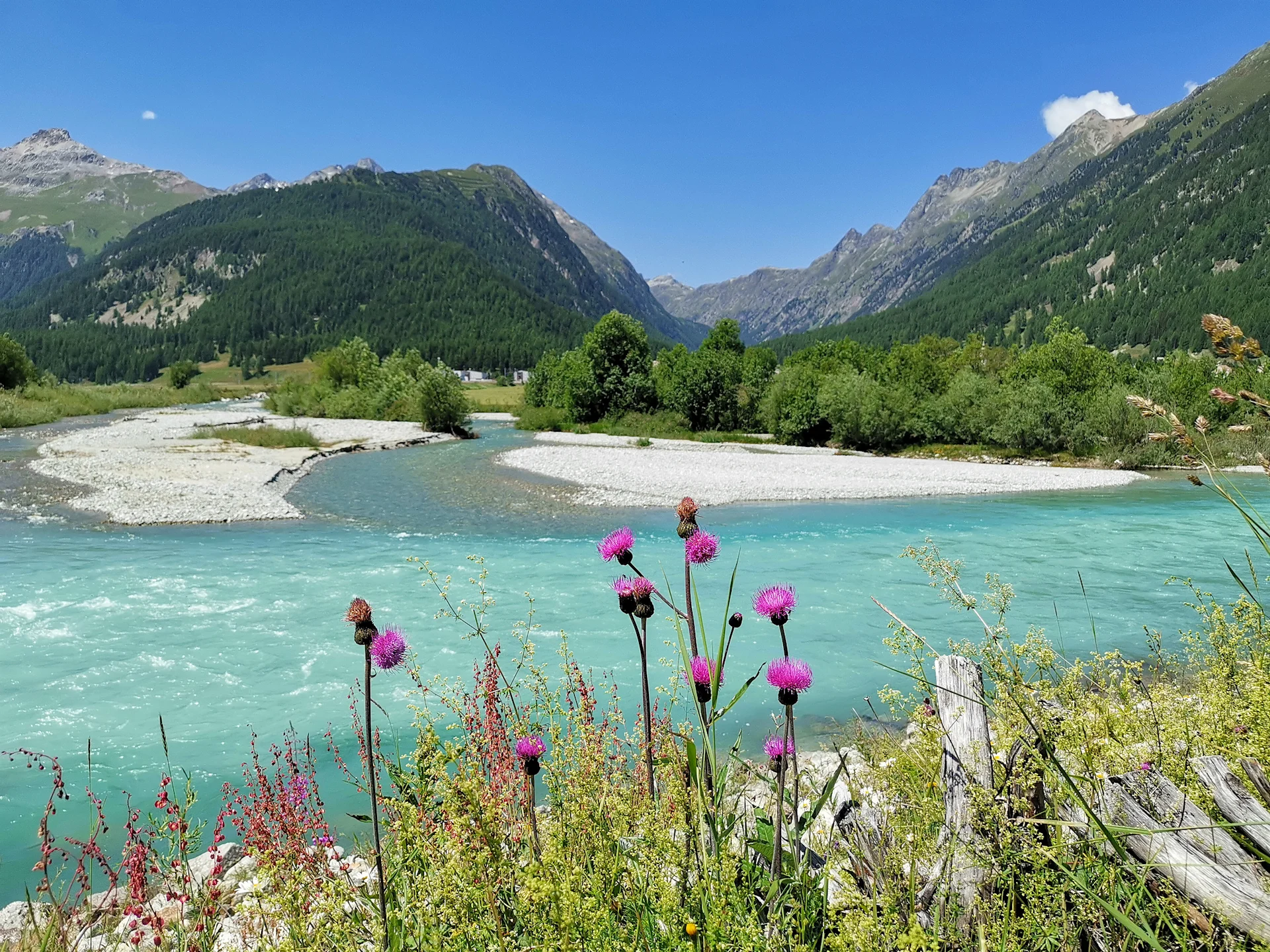
Biodiversity
Back to nature
The example of Bever shows the benefits of renaturation the floodplains. We also present four day trip destinations.
navigation
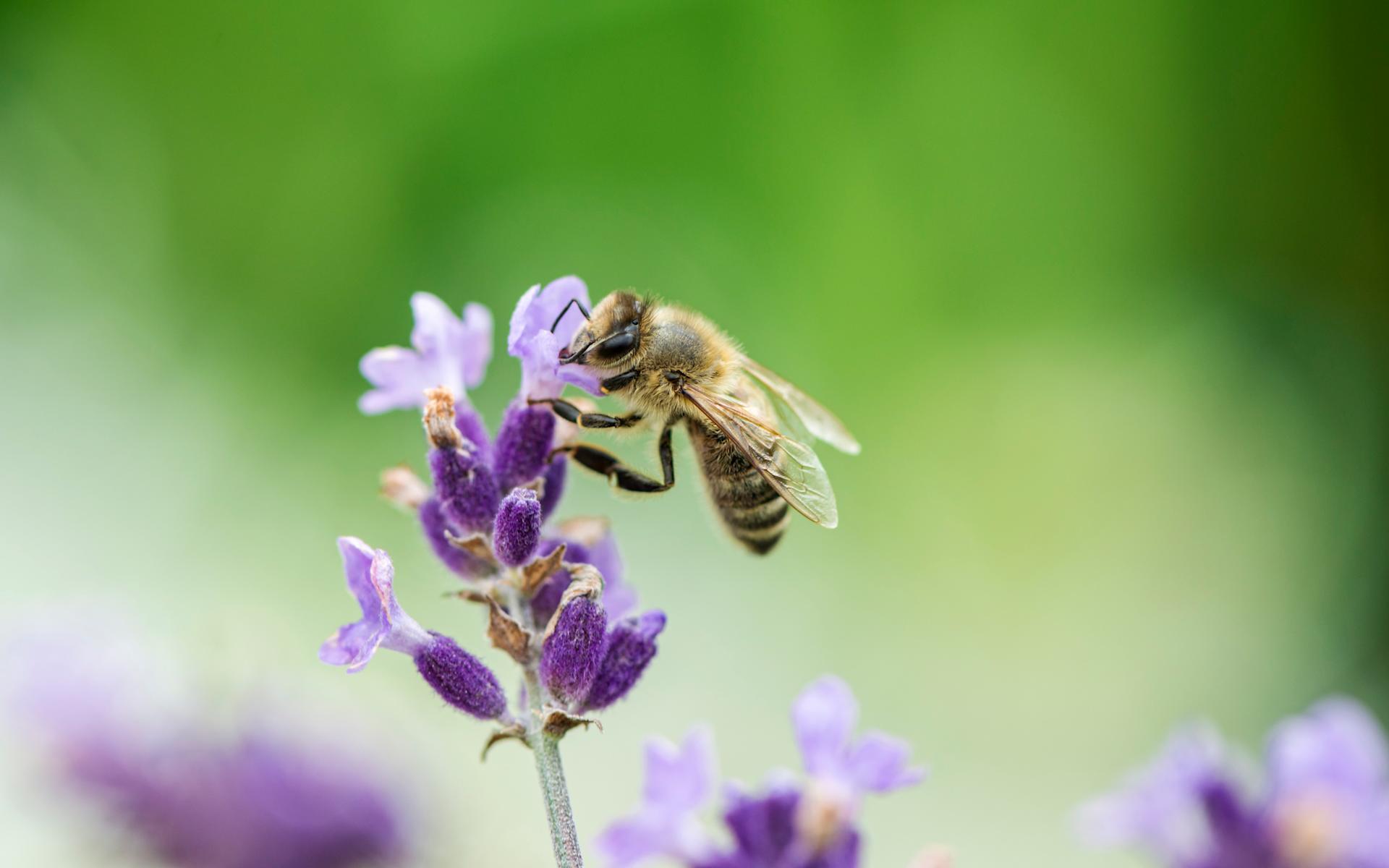
Biodiversity
If you want to help bees, bumblebees and other pollinators, you can easily do so on your balcony. It’s all about having the right plants – here are our tips.
Bees are indispensable for our ecosystem, as they account for 80 per cent of the pollination in the case of nectar-producing plants; however, their existence has come under threat in recent years due to various factors.
The good news is that you can do your bit to help ensure bees at least always have enough food by keeping bee-friendly plants on your balcony (or in your garden). There are a few things to bear in mind, though.
“Classic balcony plants such as geraniums and petunias are not suitable for bees”, says Marcel Fürer of Migros Fachmarkt AG. “Bees are adapted to native plants”, which is why you should rely on them wherever possible. He adds: “They need simple flowers. With other types of flowers, they can’t get to the pollen, or it has even been bred out of the plants – so the plants don’t provide any food.”
So which plants are most suitable for these busy pollinators? We have put together a small selection for you:
Flowering time: June to mid-August
Planting: March to June
Location: prefers sunny spots
Hardy: only in mild winters
Lavender not only smells good to us; it is also very popular with bees. “The ethereal scent attracts them”, says Fürer. However, it’s important for the lavender to bloom. “Otherwise there’s no food for the bees.” Another benefit of lavender is that mosquitoes and moths don’t like its scent at all – so they stay away from the plants (and therefore your balcony).
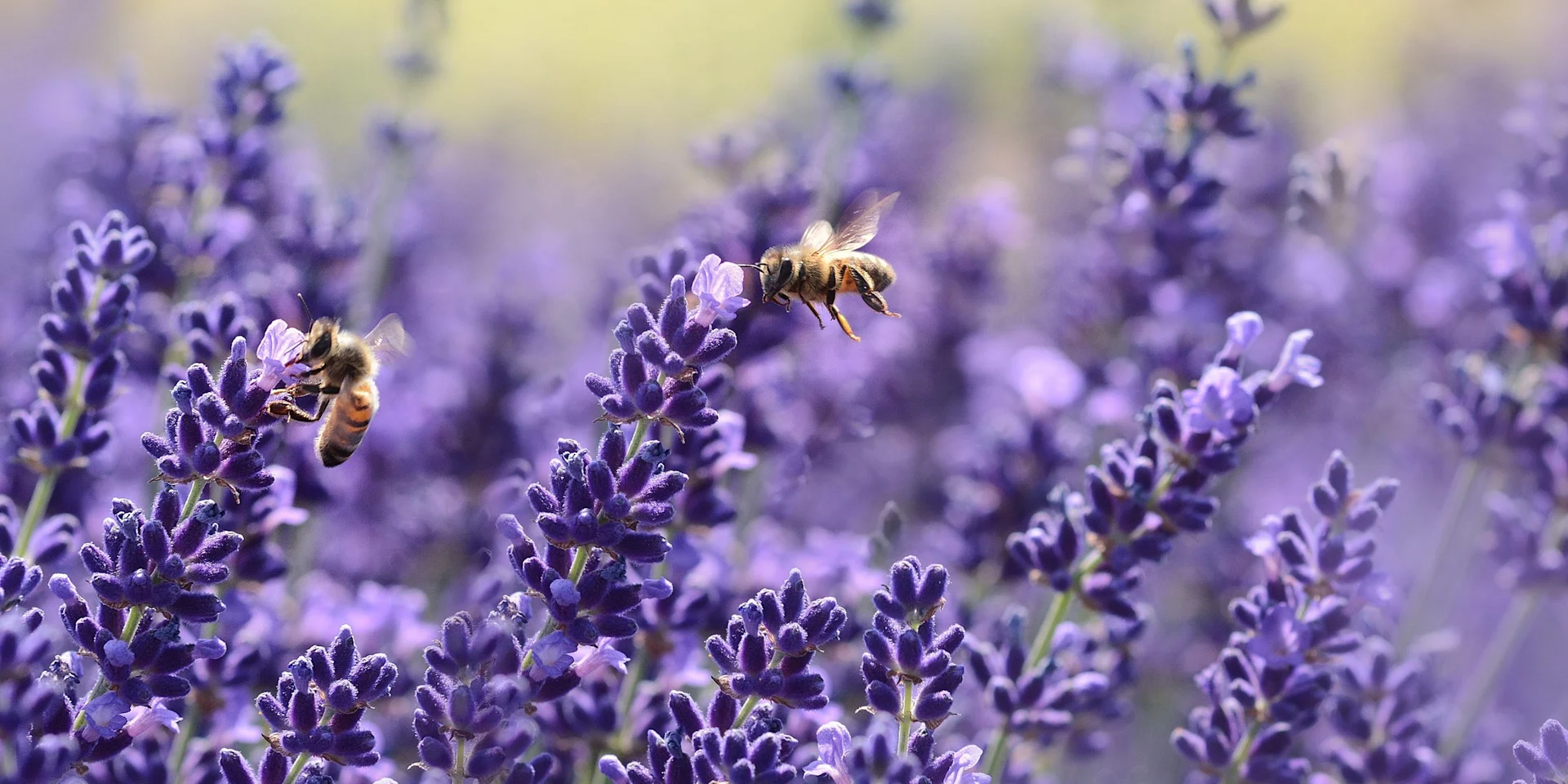
Flowering time: between June and October
Planting: from late March to June
Location: prefers sunny spots
Hardy: to a limited extent
Thyme is popular with bees for similar reasons to lavender, but there’s one thing to remember: “Under no circumstances should it be constantly pruned, otherwise it won’t flower”, says Fürer.
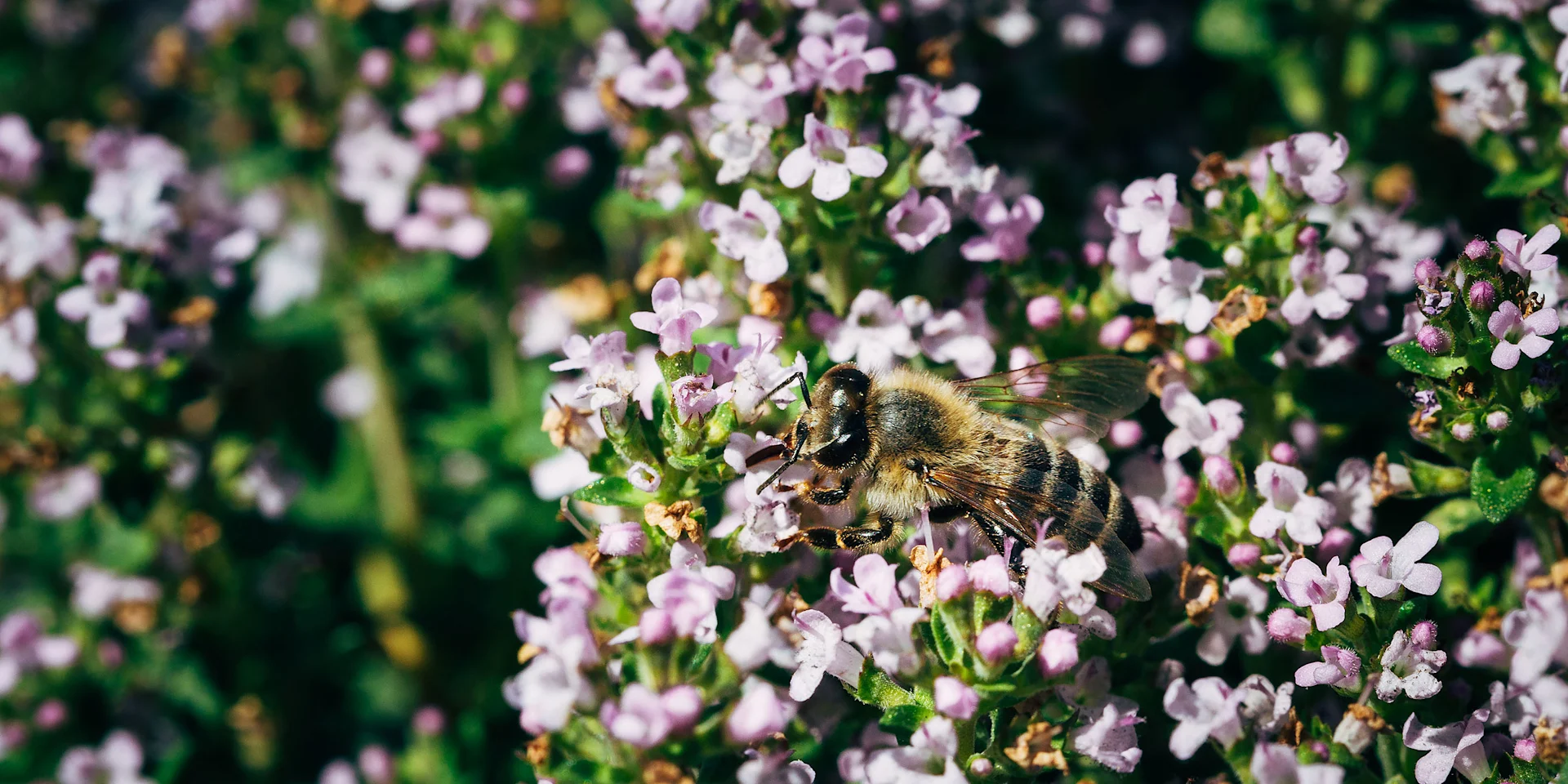
Flowering time: July to October
Planting: from mid-June
Location: prefers sunny spots
Hardy: yes. If cut off at ground level before winter, the plant is perennial.
The coneflower is a perennial that is easy to plant on the balcony and is particularly suitable for bees for one reason in particular: “Coneflowers produce a lot of pollen”, explains Fürer. The bees therefore find plenty of food here, even into October.
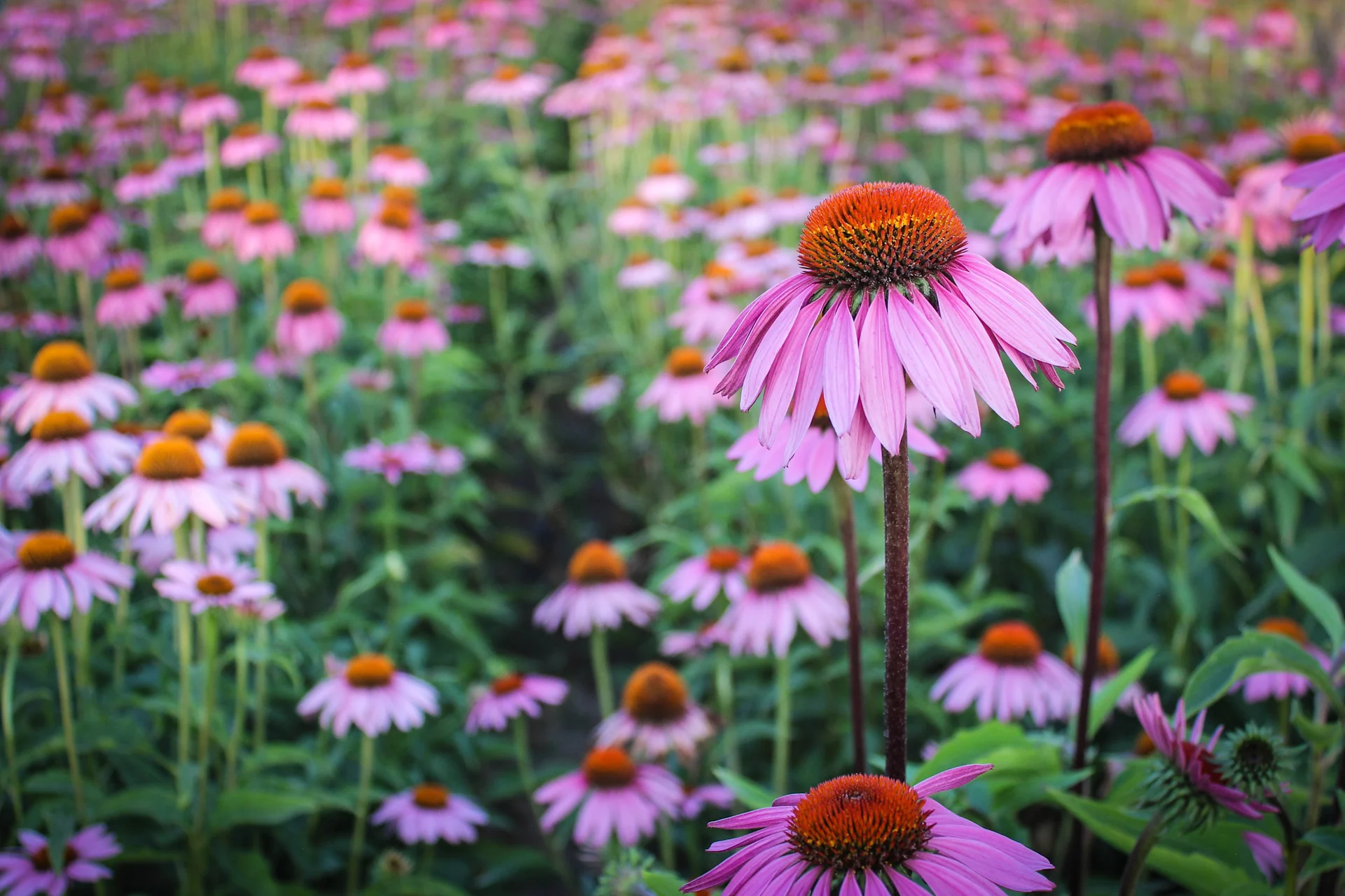
Promoting biodiversity: we can't do it on our own. Play your part now and protect Switzerland's biodiversity together with us!